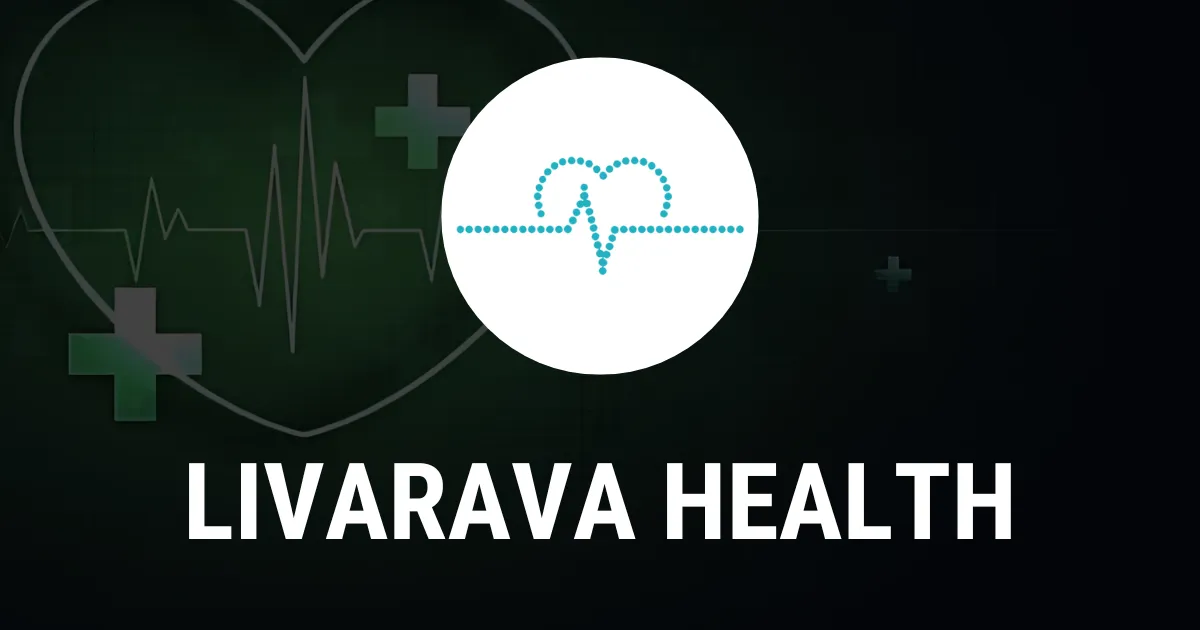Mammogram Notification Rule: Understanding Breast Density and Health Risks

Mammogram Notification Rule Overview
The new mammogram notification rule starts today, requiring healthcare providers to inform patients about breast density. Breast density is classified as the amount of glandular and connective tissue compared to fatty tissue in the breast. Dense breast tissue can obscure mammogram images and is linked to an increased risk of developing breast cancer.
Implications of Breast Density
Through this rule, patients will receive:
- Clear information regarding their breast density.
- Insight into how density affects breast cancer detection.
- Guidance for further screening options if necessary.
Importance of Awareness
Being informed about breast health is crucial. Increased awareness may lead to earlier diagnosis and better outcomes. Patients should engage with their healthcare providers about their mammogram results and understand the significance of breast density.
Disclaimer: The information provided on this site is for informational purposes only and is not intended as medical advice. We are not responsible for any actions taken based on the content of this site. Always consult a qualified healthcare provider for medical advice, diagnosis, and treatment. We source our news from reputable sources and provide links to the original articles. We do not endorse or assume responsibility for the accuracy of the information contained in external sources.
This article was prepared using information from open sources in accordance with the principles of Ethical Policy. The editorial team is not responsible for absolute accuracy, as it relies on data from the sources referenced.